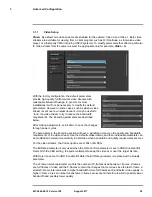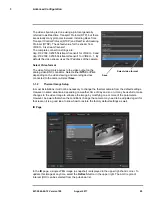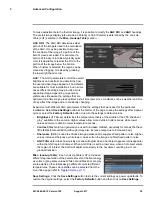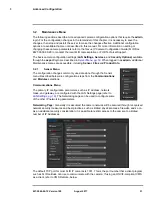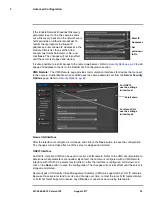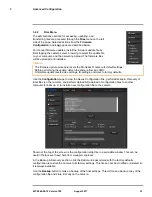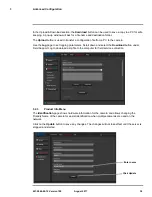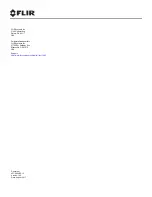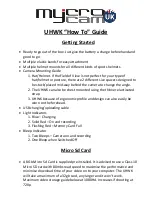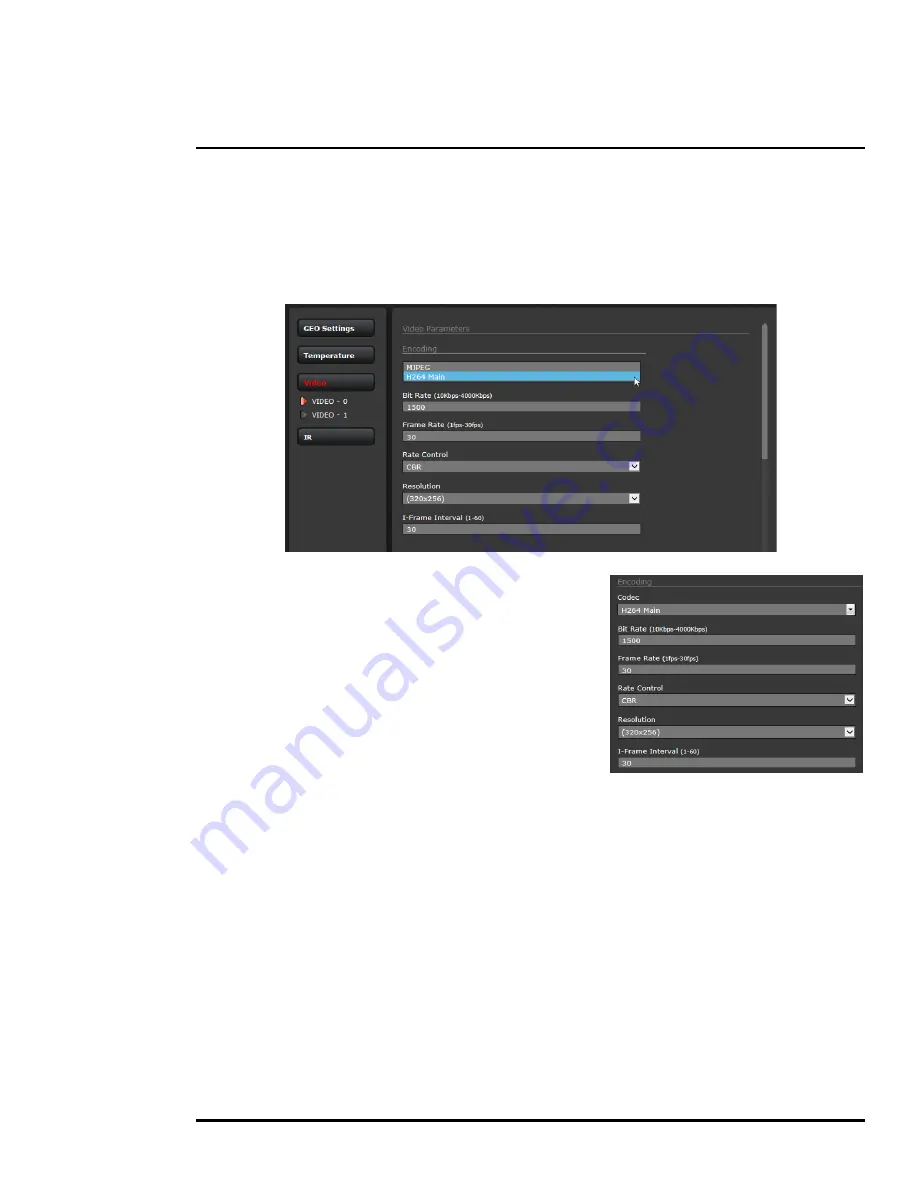
427-0064-00-12 Version 100
August 2017
28
3
Advanced Configuration
3.1.1
Video Setup
Video:
By default, two video streams are enabled for the camera: Video 0 and Video 1. Both video
streams are available for viewing from a client program such as FLIR Latitude, a stand-alone video
player, or a third-party VMS (including ONVIF systems). To modify parameters that affect a particular
IP Video stream from the camera, select the appropriate link (for example,
Video - 0
).
With the factory configuration, the default parameters
provide high-quality full frame-rate video streams with
reasonable bandwidth usage. In general, for most
installations it will not be necessary to modify the default
parameters. However in some cases, such as when a video
stream is sent over a wireless network, it may be useful to
“tune” the video stream to try to reduce the bandwidth
requirements. The Encoding parameters are described
below.
After making adjustments, scroll down to save the changes
through power cycles.
The parameters in the Encoding section will have a significant impact on the quality and bandwidth
requirements of the video stream. Use the default values initially, and then individual parameters can
be modified and tested incrementally to determine when bandwidth and quality requirements are met.
For the video streams, the Codec options are H.264 or MJPEG.
The Bit Rate parameter is only used when the Rate Control parameter is set to CBR (Constant Bit
Rate). With the CBR setting, the system attempts to keep the video at or near the target bit rate.
With Rate Control set to VBR (Variable Bit Rate) the Bit Rate parameter is replaced with a Quality
parameter.
The I-Frame Interval parameter controls the number of P-frames used between I-frames. I-frames
are full frames of video and the P-frames contain the changes that occurred since the last I-frame. A
smaller I-Frame Interval results in higher bandwidth (more full frames sent) and better video quality. A
higher I-Frame Interval number means fewer I-frames are sent and therefore results in possibly lower
bandwidth and possibly lower quality.















